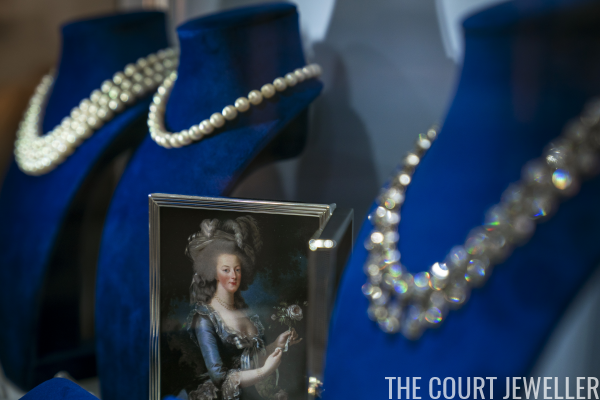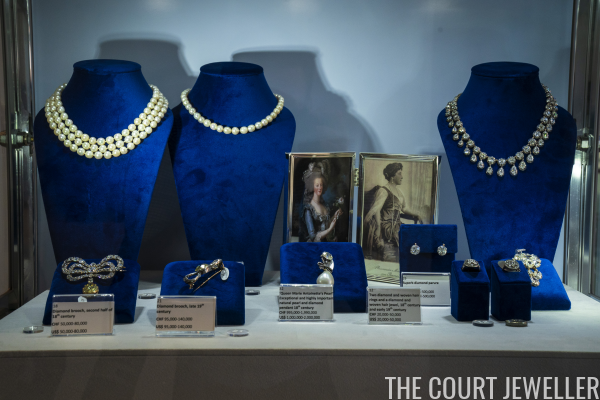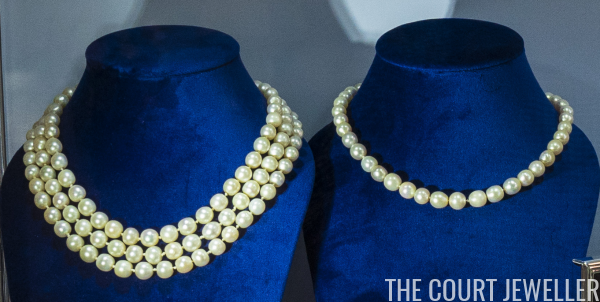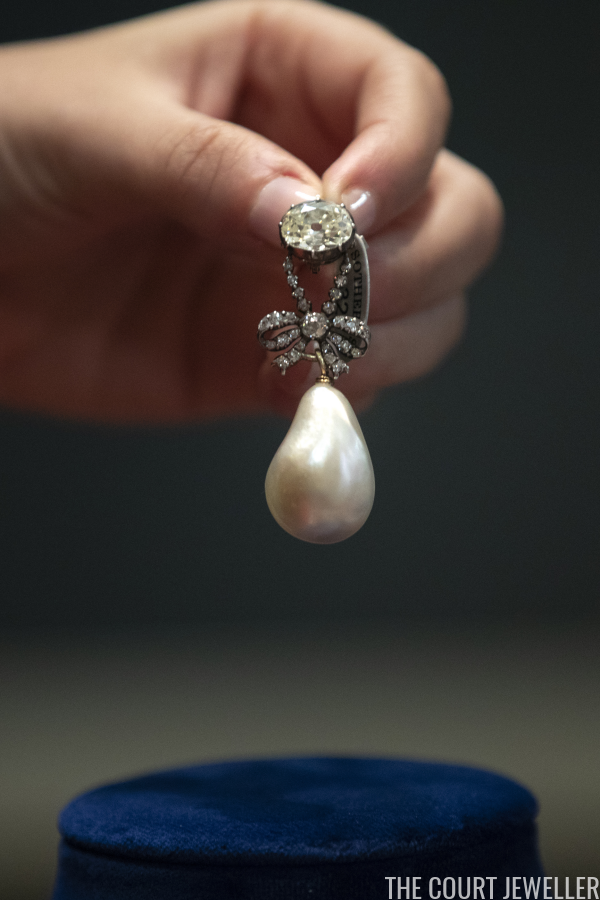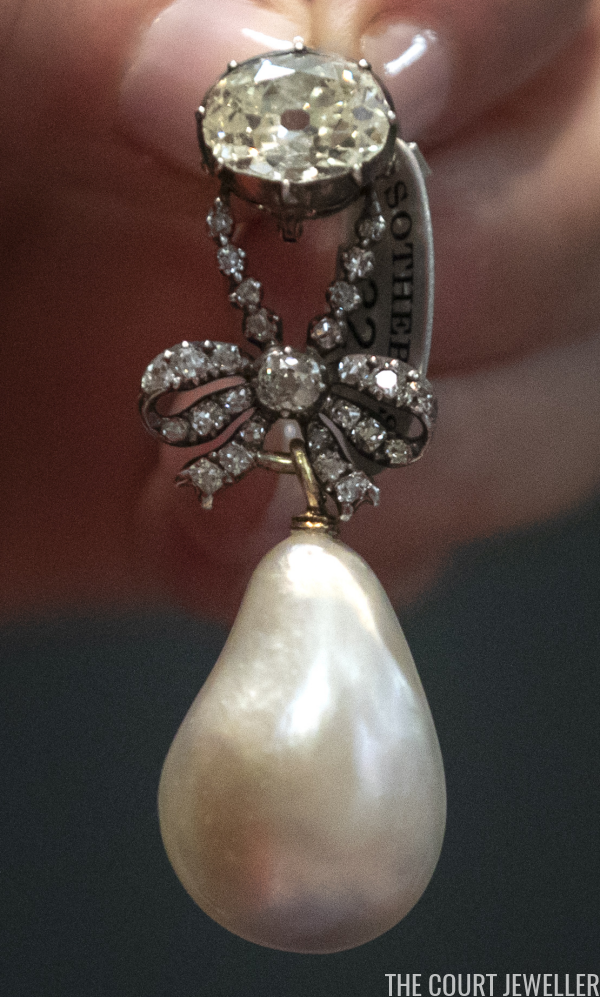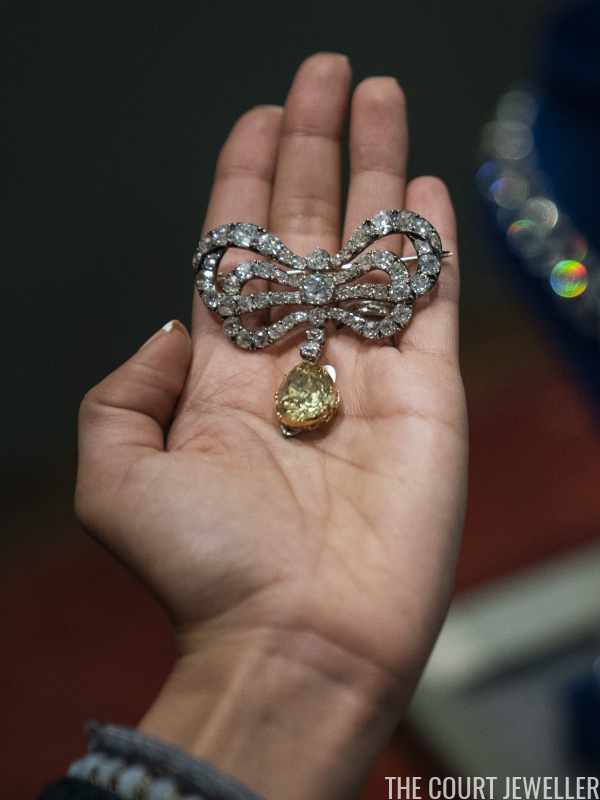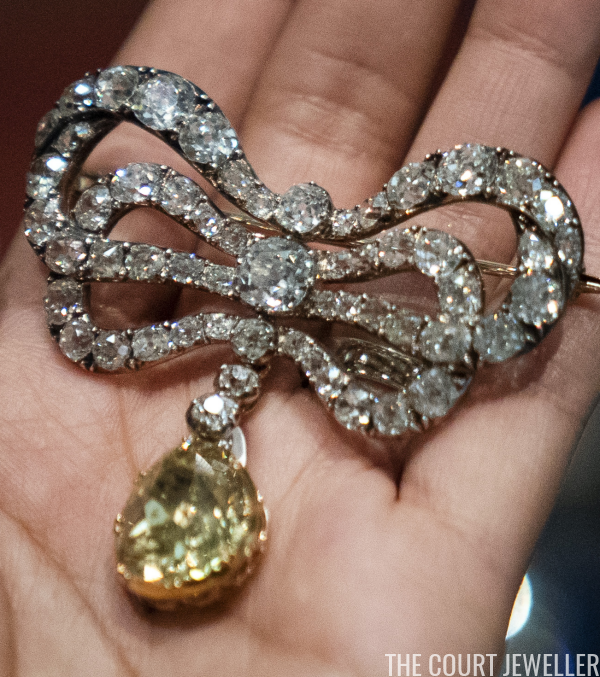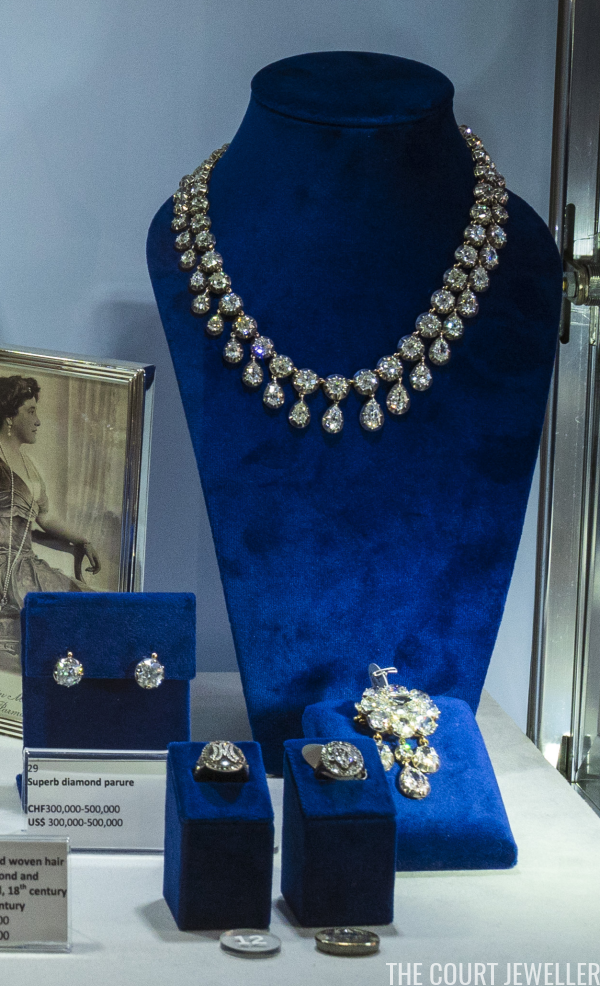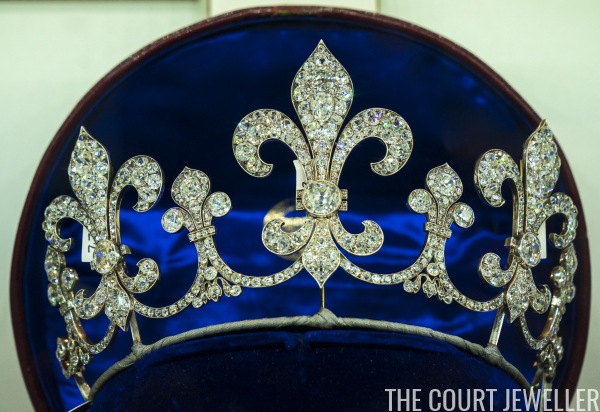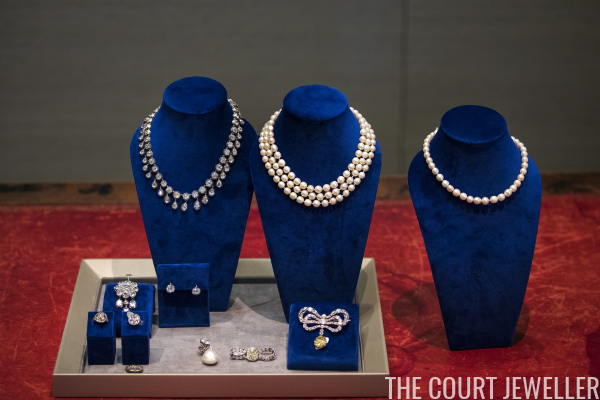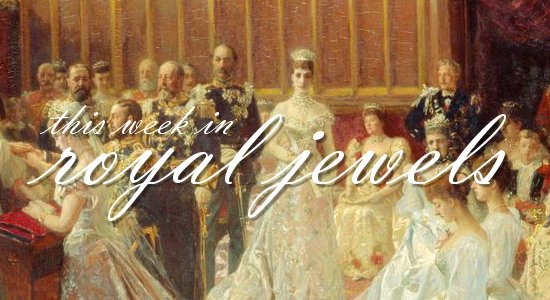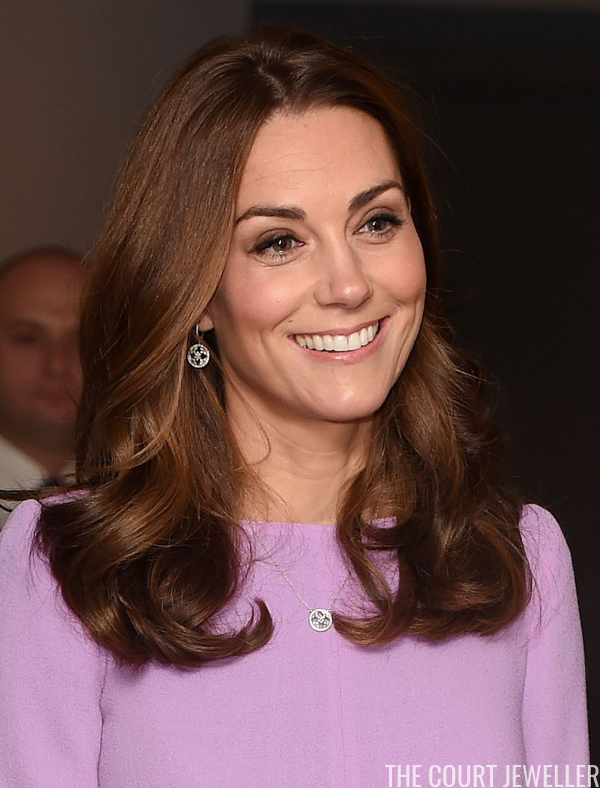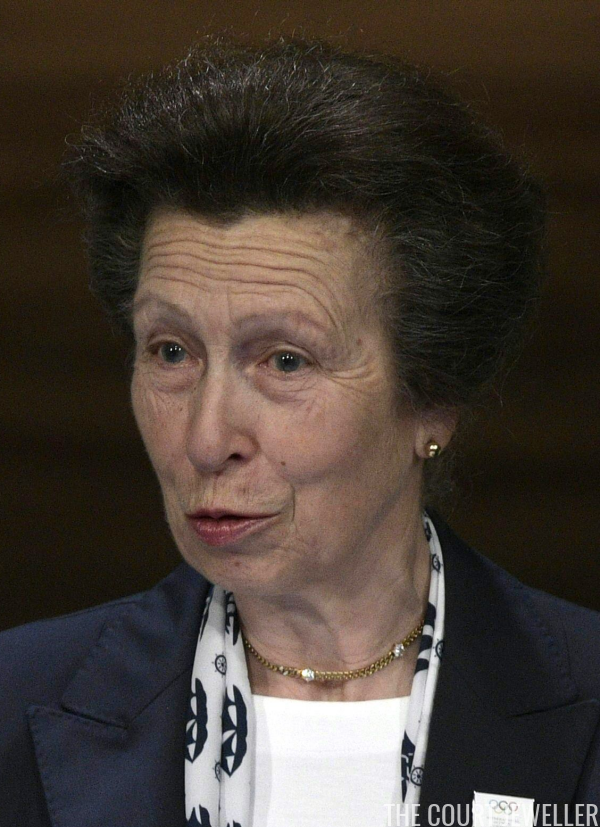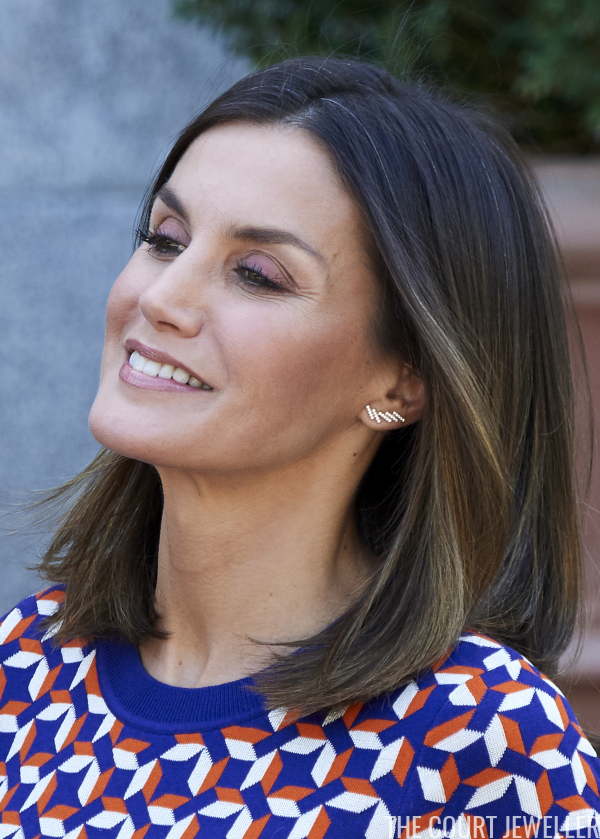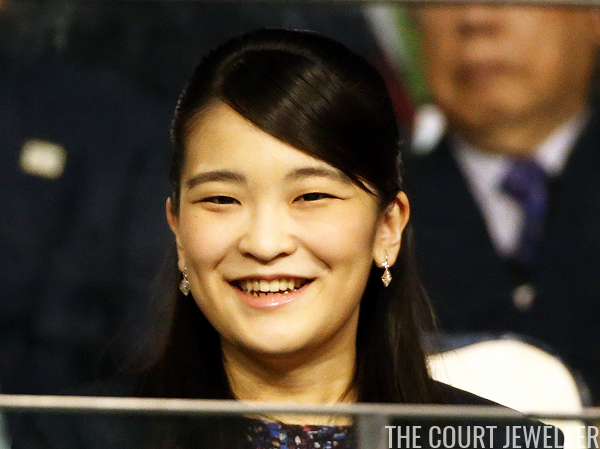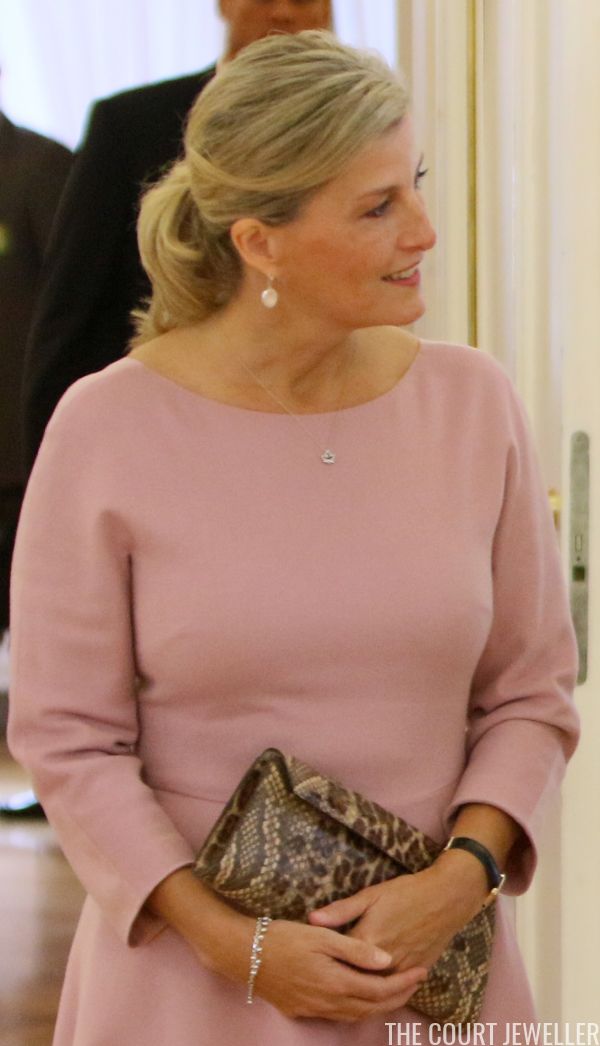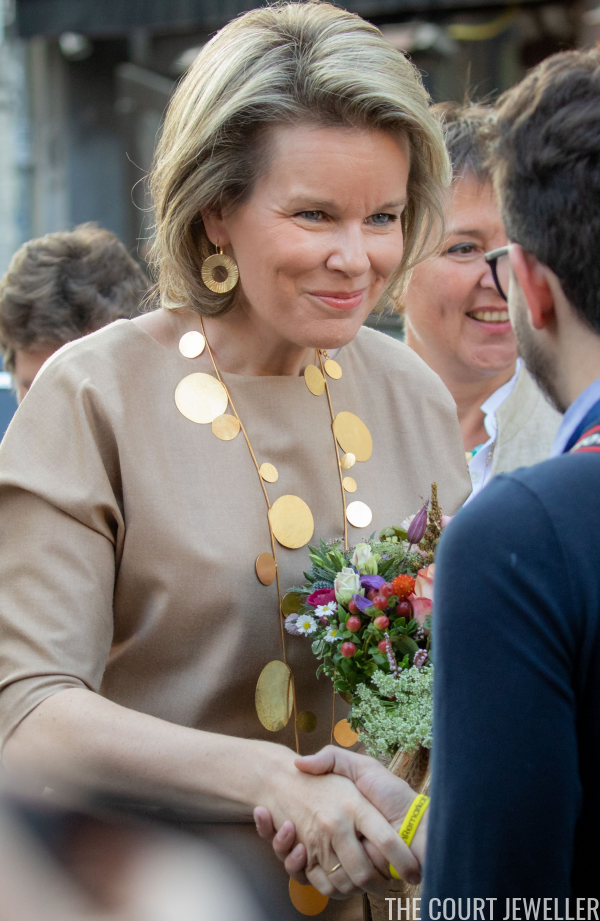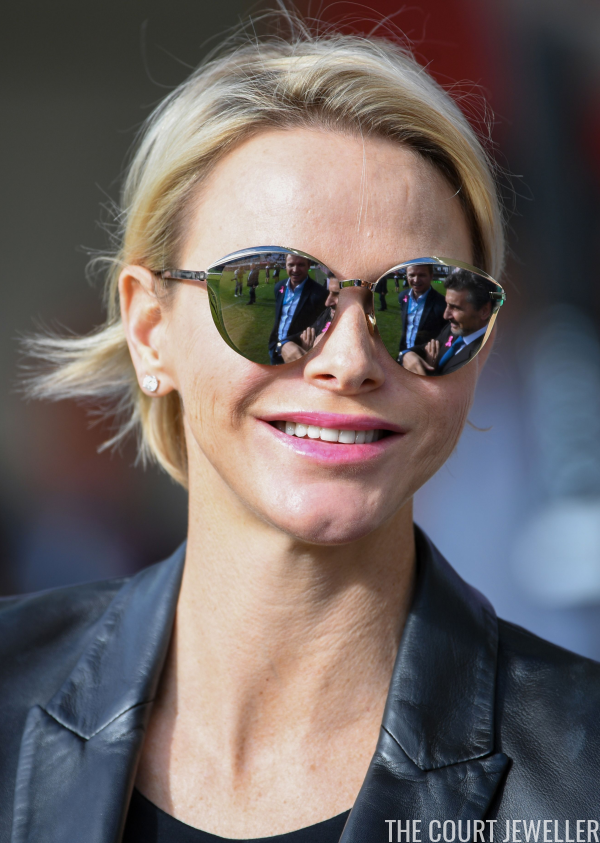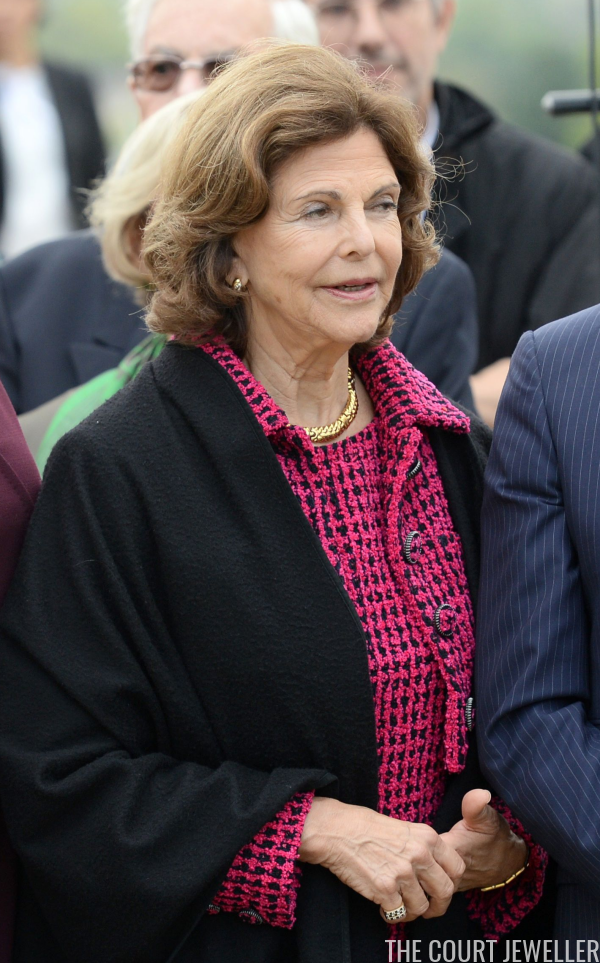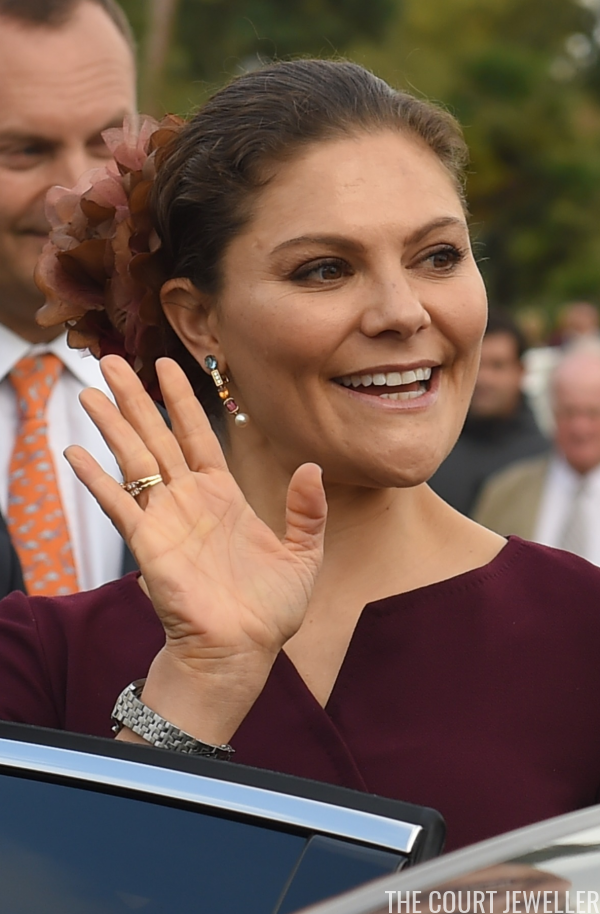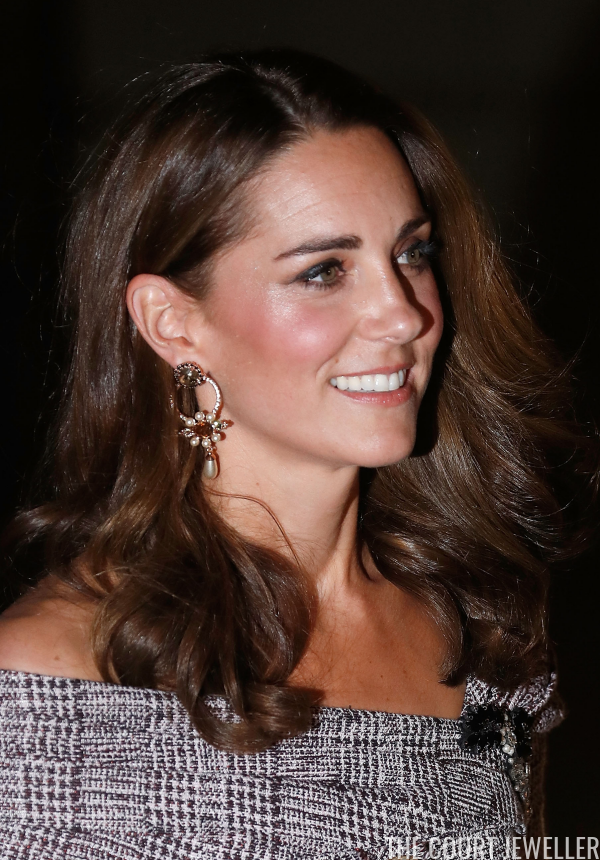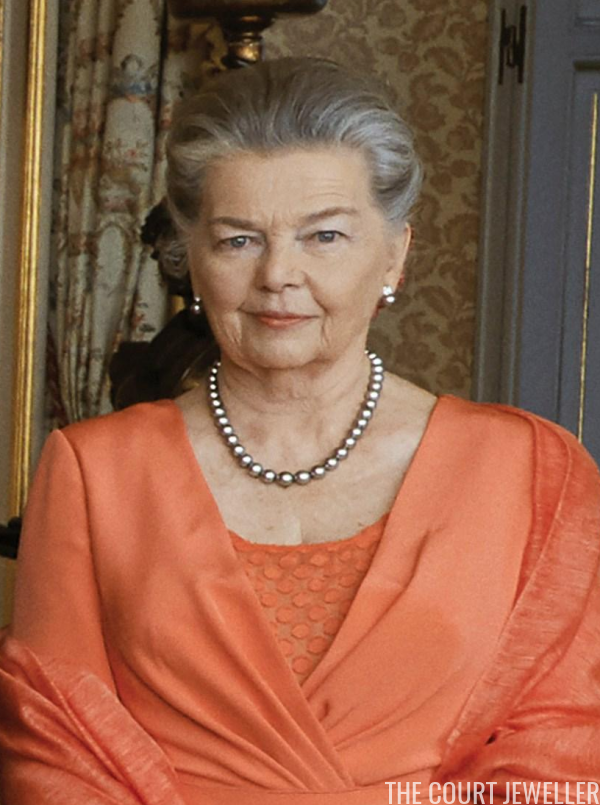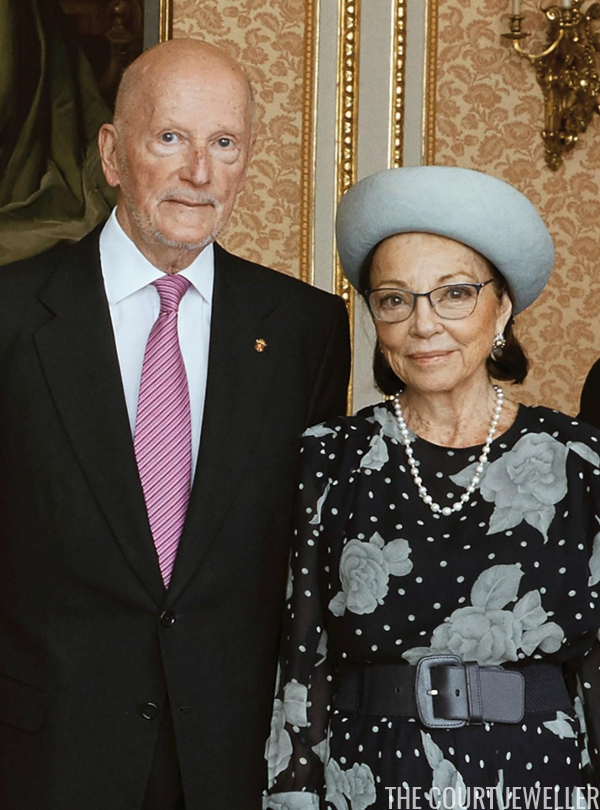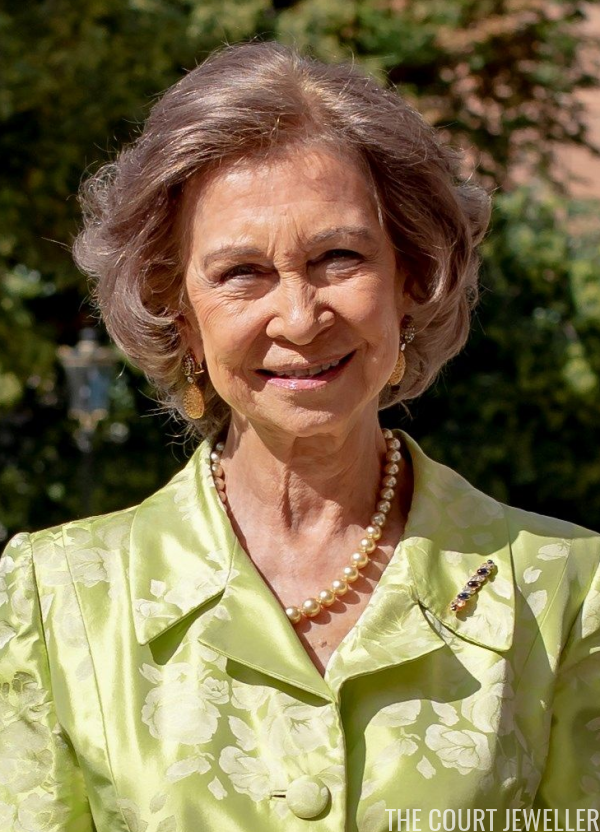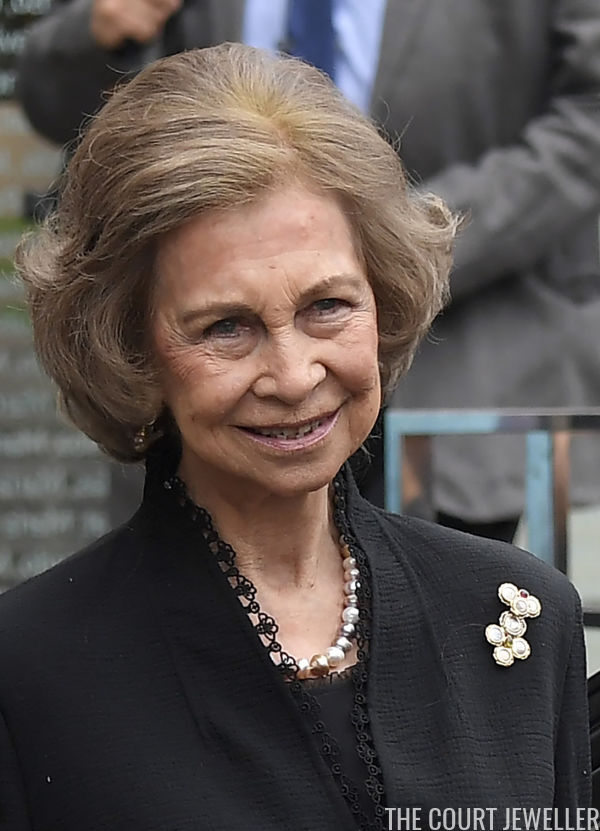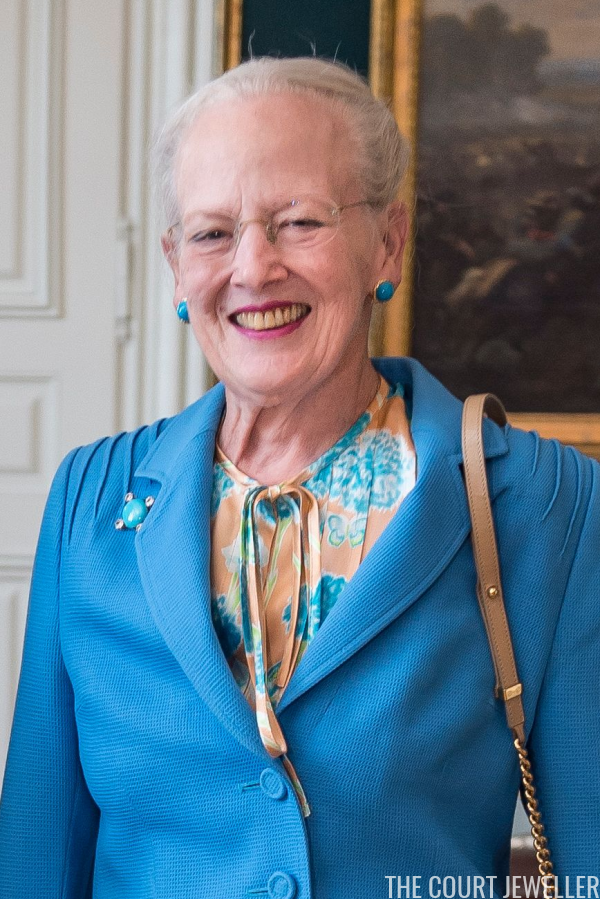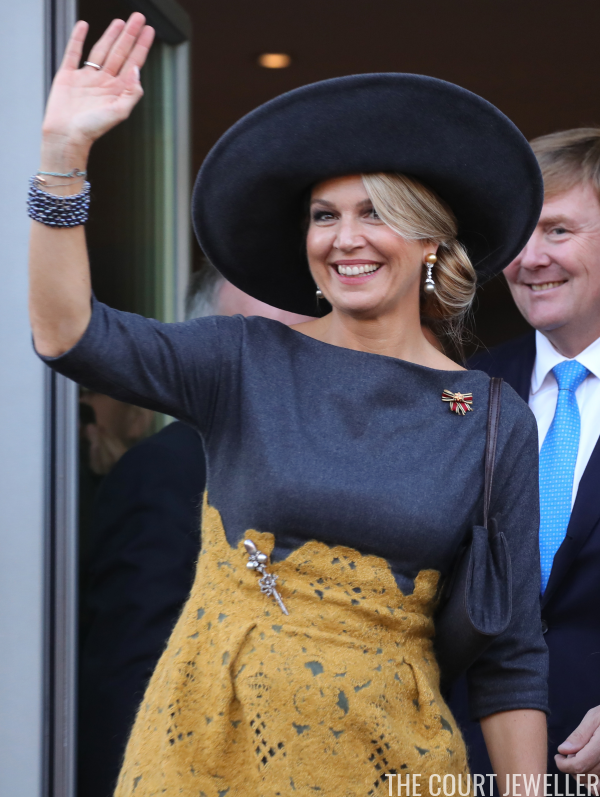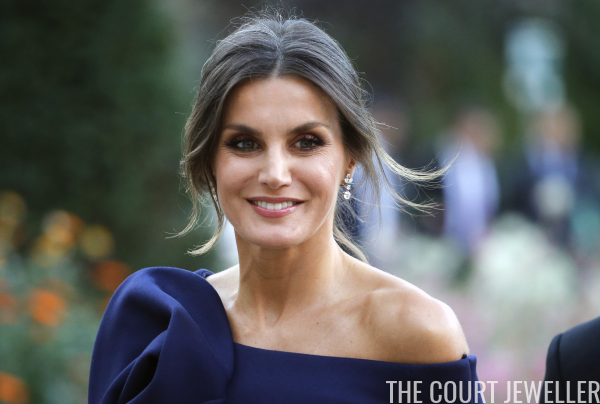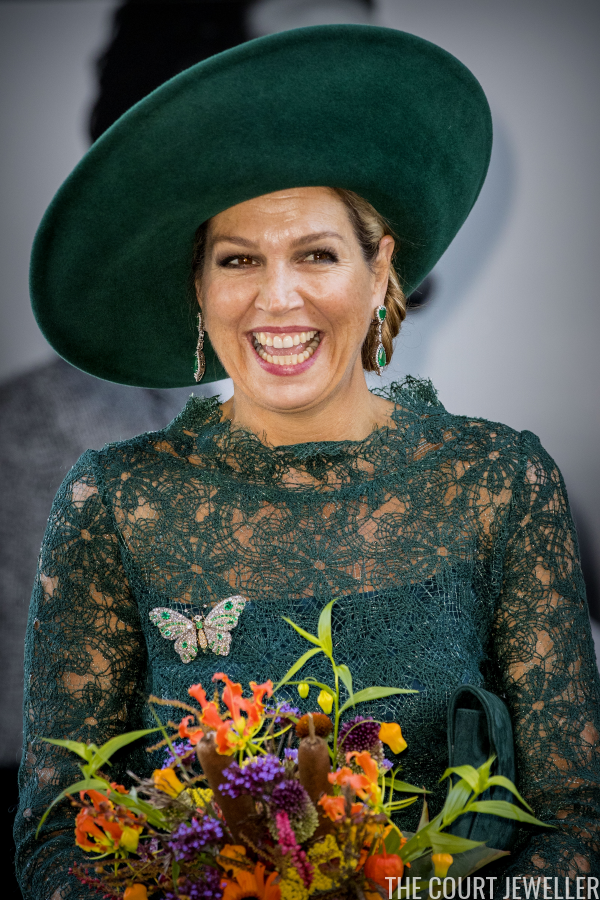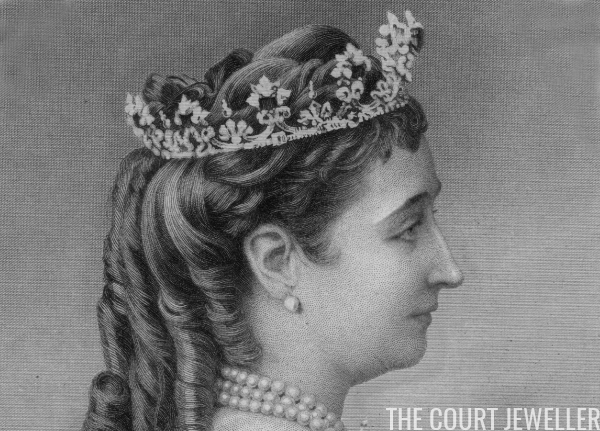 |
| Empress Eugenie wears her emerald tiara, ca. 1865 (Hulton Archive/Getty Images) |
Last week, a royal Eugenie stunned us all by wearing long-lost emeralds from her grandmother’s vault. Today, we’ve got a feature on another emerald tiara from a royal Eugenie — Empress Eugenie’s Emerald Tiara, which included gems that were passed from an empress to a queen.
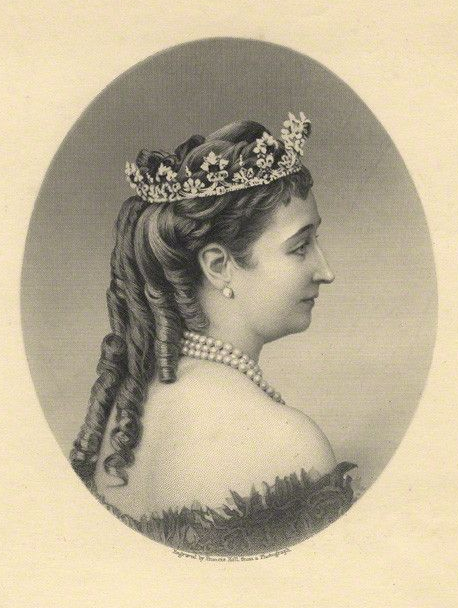 |
| Eugenie wears the tiara in an illustration by Francis Hill, ca. 1865 (Hulton Archive/Getty Images) |
In 1858, Empress Eugenie of France, the Spanish aristocrat who had married Napoleon III, commissioned a new tiara from the Parisian jeweler Eugène Fontenay. Eugenie’s favorite gem was the emerald, and she already owned a lovely clover brooch, an engagement gift from her husband, set with the grassy green gems. The tiara was made as a coronet-style circlet, featuring strawberry leaves, perhaps a reference to Eugenie’s ducal heritage.
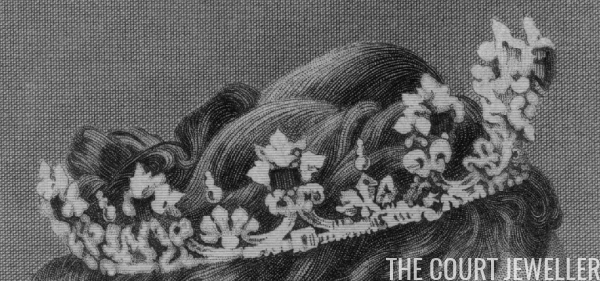 |
| Hulton Archive/Getty Images |
Each diamond strawberry leaf was punctuated by a large, rectangular-cut emerald. Diamond festoons linked the strawberry leaves with smaller anthemion elements.
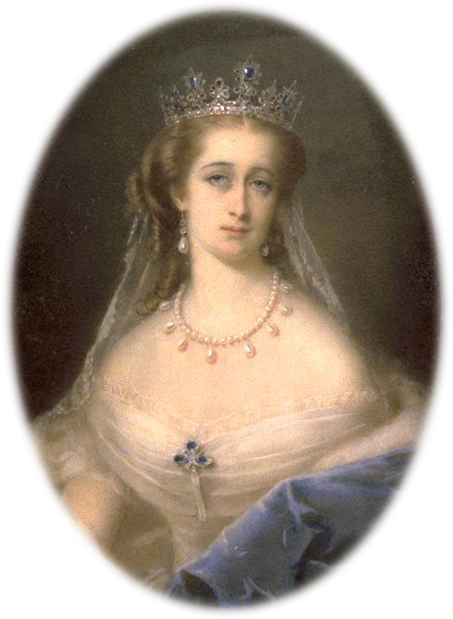 |
| Eugenie wears the tiara in a miniature portrait by Pierre Paul Emmanuel de Pommayrac, ca. 1860s (Grand Ladies Site) |
The tiara was also surprisingly versatile, as the strawberry leaves were able to be removed and replaced with a set of pear-shaped pearl toppers. One artist, Pierre Paul Emmanuel de Pommayrac, tried to make the set even more varied by painting the emeralds as sapphires in his portrait miniature of the empress. You’ll note that he even depicted the emeralds in her beloved clover brooch as sapphires in the painting, which now resides in a Baltimore museum.
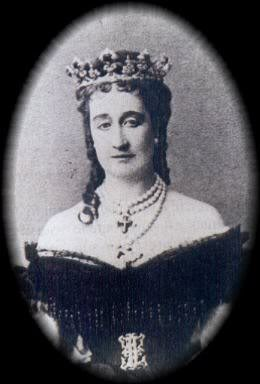 |
| Eugenie wears the tiara in a photograph, ca. 1860s (Grand Ladies Site) |
Eugenie’s tenure as Empress of France was relatively short-lived. In 1871, in the aftermath of the Franco-Prussian War, Napoleon III was dethroned. Eugenie went into exile in England with her husband. The following year, likely pressed for funds, she sold a number of pieces from her jewelry box at Christie’s in London. However, the emerald tiara was not among the items auctioned.
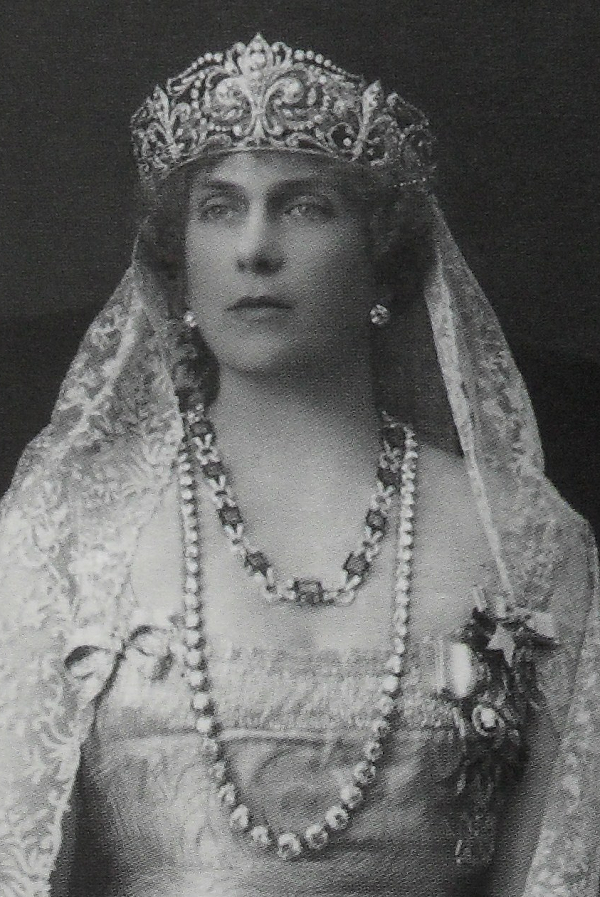 |
| Queen Victoria Eugenie wears the emerald necklace in a formal portrait, ca. 1922 (Wikimedia Commons) |
Instead, the emeralds from the tiara appear to have found their way into a different royal collection. Eugenie was the godmother and namesake of Princess Victoria Eugenie of Battenberg, daughter of Princess Beatrice of the United Kingdom (and granddaughter of Queen Victoria). Ena, as she was known, became Queen of Spain in 1906. When Eugenie died in 1920, she bequeathed a box containing a fan to her goddaughter in her will.
Only later, when Ena made a more thorough inspection of the bequest, did she discover nine rectangular-cut emeralds beneath the fan. These are thought to be the emeralds that once adorned Eugenie’s tiara. Ena took the emeralds to a Spanish jewelry firm, Sanz, and had them set in a necklace. She wore the new necklace with some of her most magnificent jewels, including the grand tiara known as “La Buena,” for a formal court portrait in 1922.
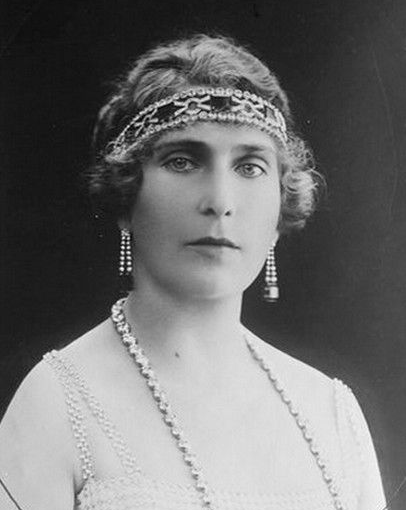 |
| Victoria Eugenie wears the emerald necklace as a bandeau, ca. 1920s |
Ena also wore the necklace, supplemented by extra rows of diamonds on each side, as a bandeau. During her husband’s reign, she had the necklace altered several times by both Sanz and another favorite jeweler, Cartier.
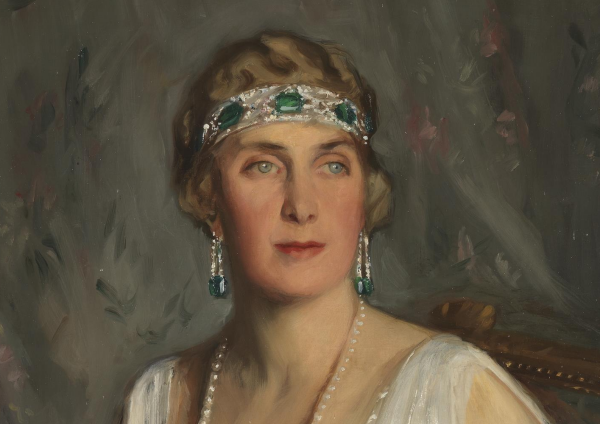 |
| Victoria Eugenie wears the bandeau in a detail from a portrait by de Laszlo, ca. 1920s (Wikimedia Commons) |
But, like her godmother, Ena was also destined for a life in exile. She left Spain in 1931, settling first in her native Britain and then in Switzerland. Three decades later, she sold Eugenie’s emeralds at an auction in Bern.
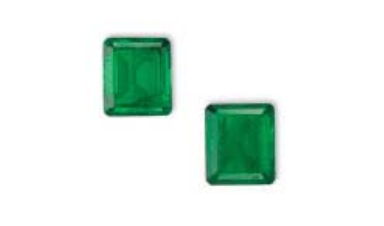 |
| Two of the unmounted emeralds at Christie’s, ca. 2011 |
Since then, individual emeralds from the set occasionally pop up at auctions. In 2011, two of the emeralds notably surfaced at Christie’s in Geneva. You can read the lot notes from the sale here. The stones sold together for more than $300,000, beating the auction estimate for the lot.
